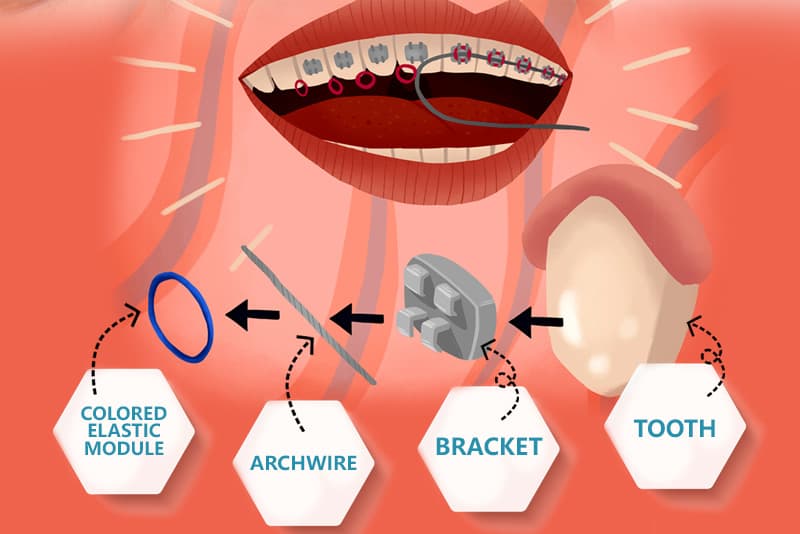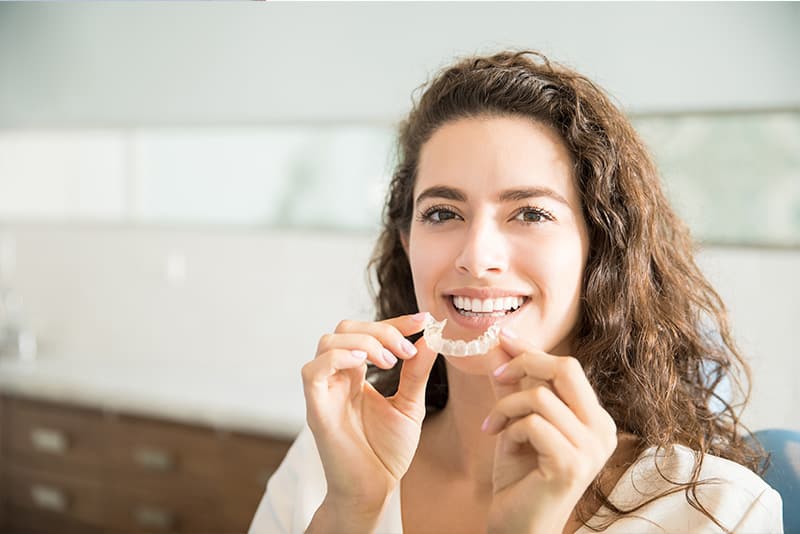- Posted: 21 Sept 2021 | Authored by: Dr. Tan Wee Han | Reviewed by: Dr. Arlene Khaw Bee Hong
Will the wisdom teeth “push” my other teeth to become crooked again? This is a common concern amongst orthodontic patients. We get asked about this a lot. Many patients are worried that the wisdom teeth will exert pressure on the front teeth causing the teeth to become crooked.
Studies have shown that patients who do not have wisdom teeth (congenitally missing) or already had the wisdom teeth removed still had teeth which became crooked later¹. This means that the wisdom teeth do not cause the teeth to become crooked after braces.
The reason teeth become crooked again after braces is because of the natural movement of the teeth as the patient grows older. Therefore, retainer wear is especially important to maintain the alignment of the teeth after braces.
When should wisdom teeth be removed then?
You should consider having your wisdom tooth/teeth removed in the following conditions2:

Figure 1. Decay (caries) of lower right wisdom tooth and adjacent tooth (second molar) (red circle). Decay of lower left wisdom tooth (yellow circle).

Figure 2. Elongation (supraeruption) of upper right wisdom tooth due to missing lower right wisdom tooth (red circle). Possible trauma to gums (red arrow).

Figure 3. Lower left wisdom tooth obstructing impacted adjacent tooth (second molar) (red circle). If the adjacent tooth is going to be uprighted, then the wisdom tooth will need to be removed.
In conclusion, wisdom teeth do not cause the other teeth to become crooked. However, the wisdom teeth can cause some other problems even if you do not experience any pain or discomfort. Therefore, it is important to go for regular check-ups to ensure the wisdom teeth are problem-free.
Don’t worry, you will not lose your “wisdom” after removal of your wisdom teeth. If you are unsure about the condition of your wisdom teeth, contact us to schedule an appointment for a check-up.
Also wondering if something can be done to correct crooked teeth? Do check out our braces related posts by clicking here. Feel free to contact us for a no obligation braces consultation.
References:
1. The role of mandibularl third molars on lower anterior teeth crowding and relapse after orthodontic treatment: A systematic review (The Scientific World Journal)
2. The indications for third-molar extractions (Journal of the American Dental Association)
3. Periodontal pathology associated with asymptomatic third molars (Journal of Oral and Maxillofacial Surgery)
Updated: 21 Sept 2021




























